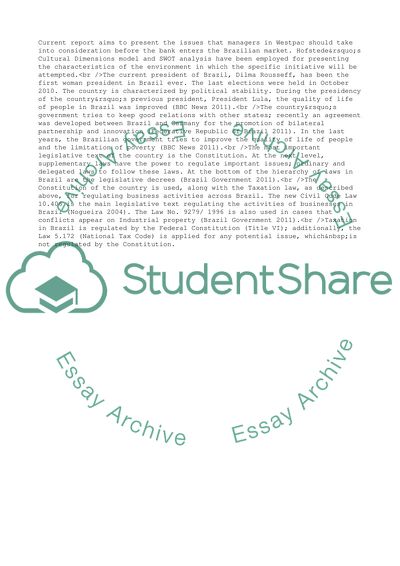Cite this document
(The Bank in the Brazilian Market Term Paper Example | Topics and Well Written Essays - 1500 words - 36, n.d.)
The Bank in the Brazilian Market Term Paper Example | Topics and Well Written Essays - 1500 words - 36. https://studentshare.org/business/1750273-management
The Bank in the Brazilian Market Term Paper Example | Topics and Well Written Essays - 1500 words - 36. https://studentshare.org/business/1750273-management
(The Bank in the Brazilian Market Term Paper Example | Topics and Well Written Essays - 1500 Words - 36)
The Bank in the Brazilian Market Term Paper Example | Topics and Well Written Essays - 1500 Words - 36. https://studentshare.org/business/1750273-management.
The Bank in the Brazilian Market Term Paper Example | Topics and Well Written Essays - 1500 Words - 36. https://studentshare.org/business/1750273-management.
“The Bank in the Brazilian Market Term Paper Example | Topics and Well Written Essays - 1500 Words - 36”. https://studentshare.org/business/1750273-management.


